
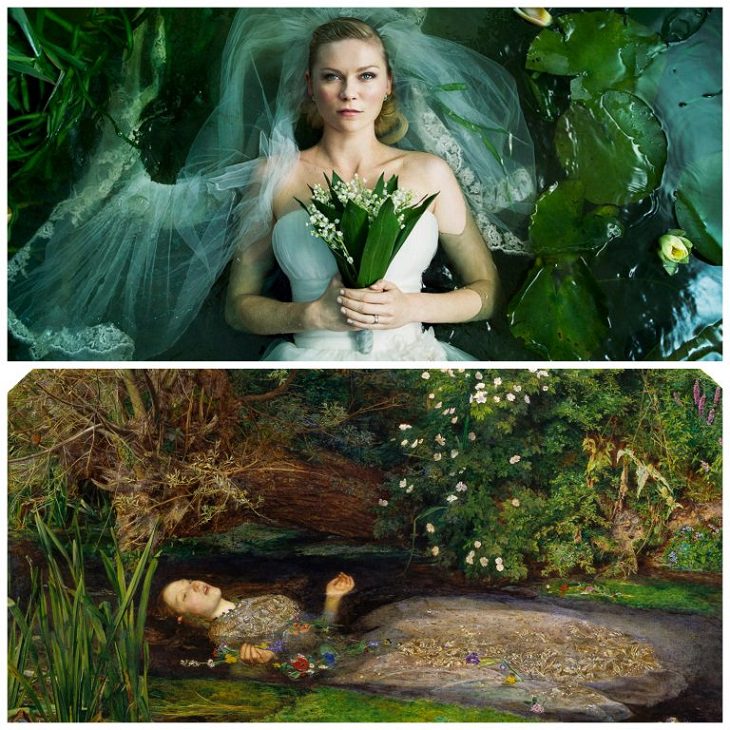
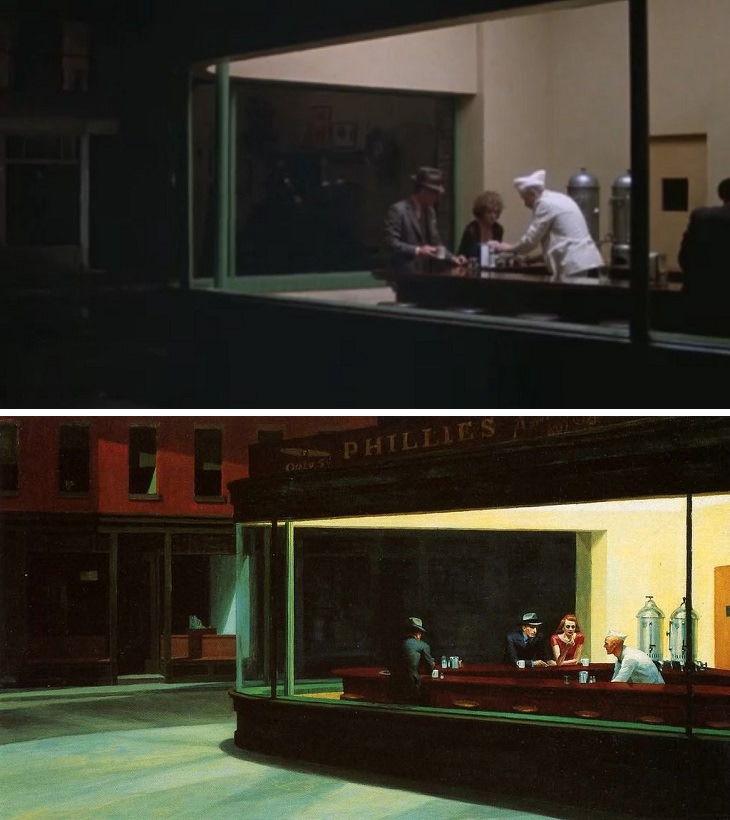
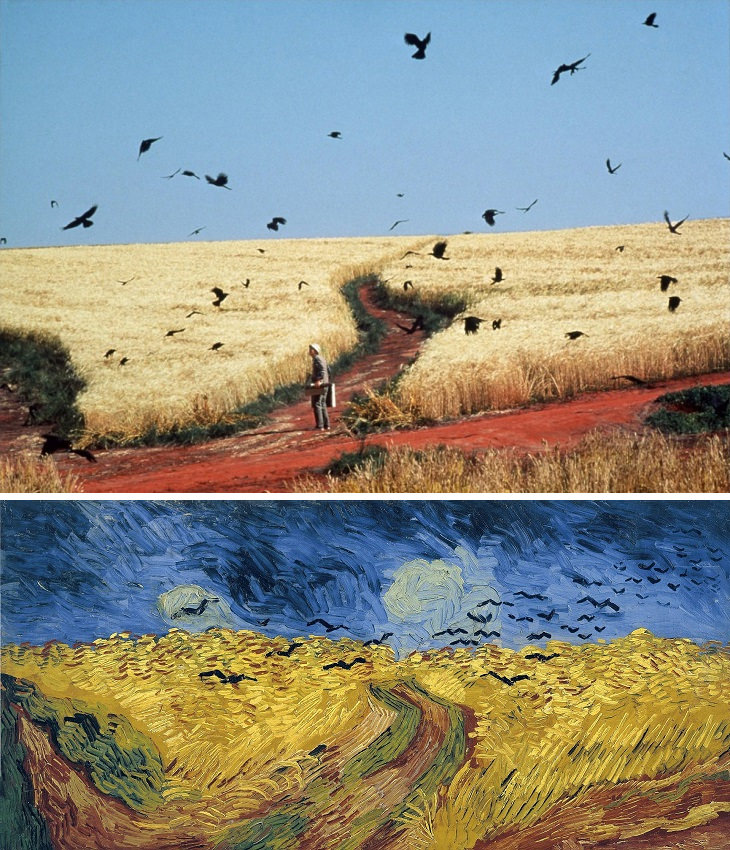
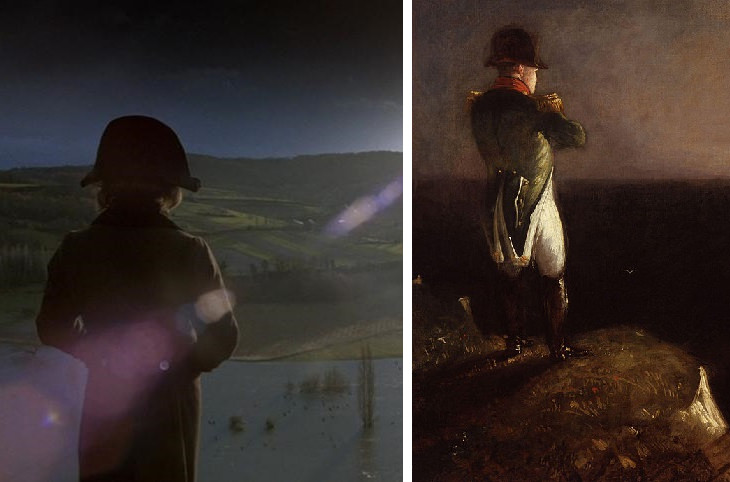
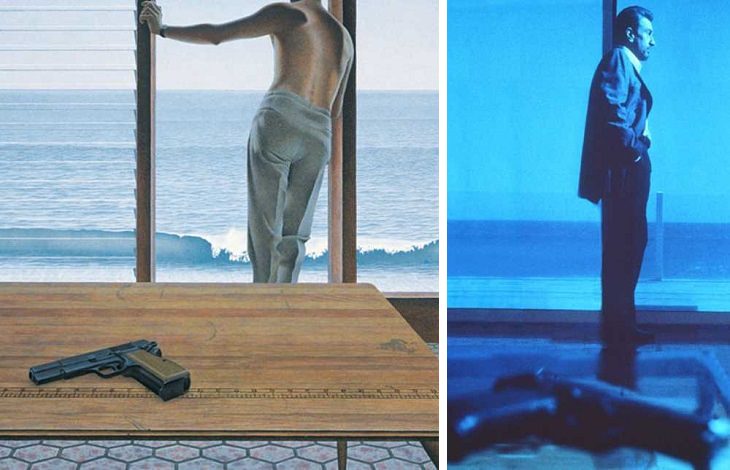
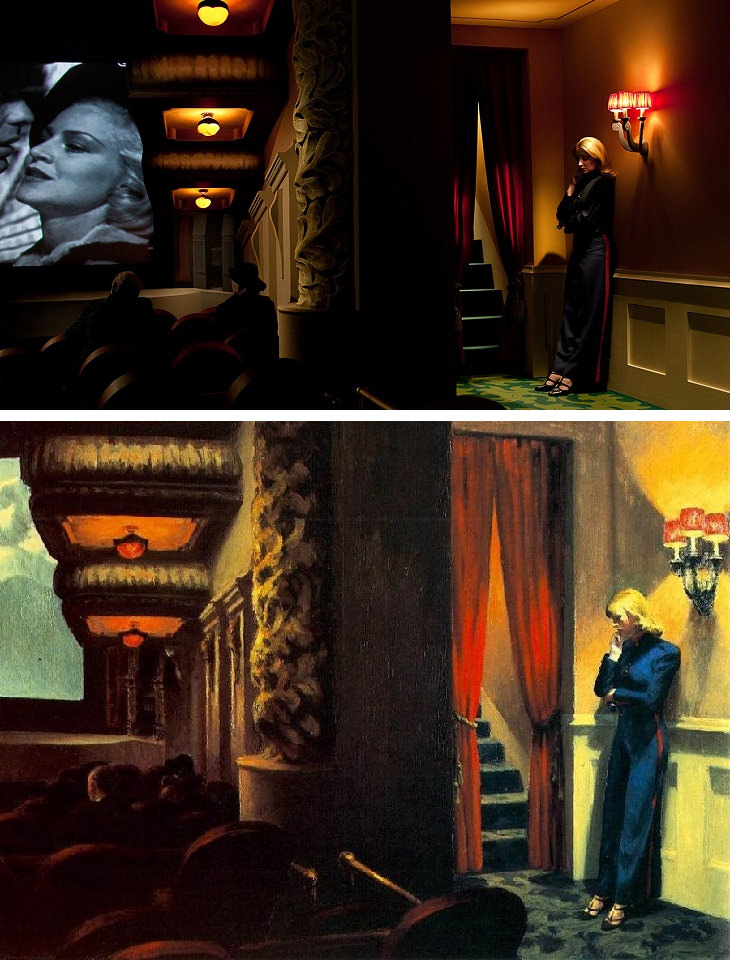

 7:24
7:24
Is Van Gogh’s ‘The Night Cafe’ a Misunderstood Gem?
The Legendary artist, Vincent Van Gogh, considered his painting 'The Night Cafe' ugly. But was it actually a misunderstood gem?
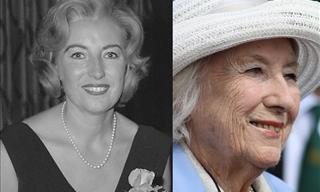
The 5 Oldest Actors From the Golden Age of Cinema!
Some actors have been around since the inception of the first major feature films and the rise of Hollywood, like these 5 legends!

Henri Matisse, a Master of Bold Colors and Impressionism
In Henri Matisse’s 60 year career, half of which he spent painting with Picasso, he created many works of art, like these stunning pieces

Discover the Secrets Behind 7 of the Most Famous Paintings
The greatest painters in history have some amazing secrets hidden in their famous works that are fascinating to discover...
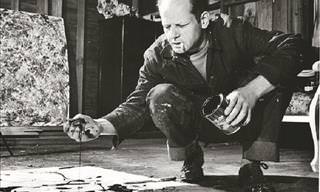
Learn About the Final Artworks of 8 Legendary Artists
Discover the final works of 8 prominent artists, and learn about the curious story behind each of them.
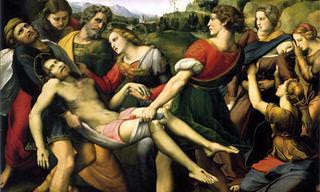
Renaissance-Man Raphael Was an Incredible Genius...
Did you know that Renaissance master, Raphael, died at the tender age of 37? How he could produce such a library of masterpieces is truly astonishing!
 3:44
3:44
This Cirque du Soleil Performance Will Make Your Jaw Drop
It's no wonder that the Cirque du Soleil is the most famous acrobatic troupe in the world when they're capable of performances like these. Watch it right here.
 5:55
5:55
This Magician's Illusions Will Leave You Stumped
In this video, Ivan Netcheporenko entertains his audience with some brilliant illusions.

The Fascinating History of the Color RED
Red is the first color humans learned to utilize in art and a color that has a deep symbolic meaning across all cultures. Learn about the history of red in art.

Artist Creates Realistic Portraits of Roman Emperors!
You’re probably familiar with names like Augustus, Nero, and Caligula. This is how they would have looked like in real life...
 1:54:07
1:54:07
Watch the André Rieu Full Dublin Concert!
Enjoy 2 hours with one of the best classical musician hosts and conductors: André Rieu in Dublin.
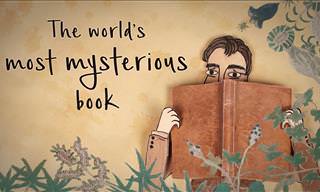 4:43
4:43
The Story of the Most Mysterious Book Ever
The most mysterious book in the world has beautiful illustrations - but no one can figure out what it says!
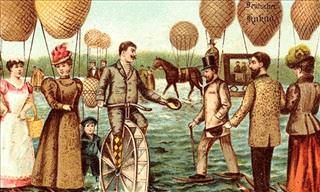
These Postcards Predicted Modern Life Way Back In 1900...
Way back at the turn of the 20th Century, a German chocolate maker produced a series of postcards with the aim of predicting the future. See how right it was.
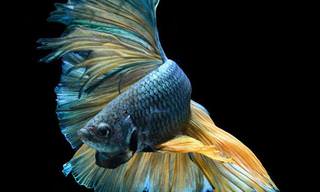
These Fish Photos Are Unlike Anything I've Ever Seen
Have you ever seen such stunning fish? This photographer captures the beauty of Siamese fighting fish.

Music Box: Hear Your Favorite Songs in a Beautiful New Way
Rediscover some of the greatest music hits with this playlist. The musicians reinvented these songs by performing them in vintage styles...

Ever Wondered What People Looked Like 5000 Years Ago?
Have you ever wondered what ancient people actually looked like? This sculptor gives us a good idea of exactly that.
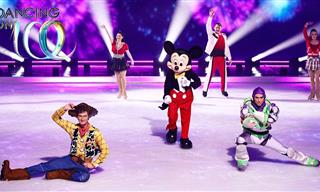 3:34
3:34
This Magical Ice Show Brings Disney to Life
If you love art and Disney, this show is for you!

This Woman Collects Dead Flowers for a Beautiful Reason
Bridget Collins has been collecting dead flowers for a long time. She uses them in a most unusual and delightful way...

These Tables Clearly Prove There’s No Limit To Creativity!
The following pictures show that even the simplest piece of household furniture, the table, can be the most impactful!
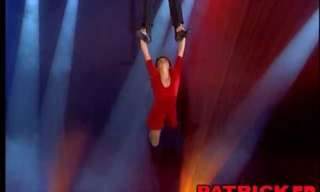 5:07
5:07
Incredible Trapeze Performance by Duo Artemiev
these dual performers, the 'Duo Artemiev', offer a great trapeze number which is both beautiful and impressive, not to mention their original invention. It is a graceful, gentle and fascinating performance!
 5:39
5:39
I Bet You've Never Seen a Child That Can Do This
Emma is only three years old and already she's on her way to greatness as a talented Gymnast.

15 Paper Quilling Designs That Are Soothingly Beautiful
Gergana Pencheva creates gorgeous paper art pieces using a technique called quilling. Take a look at her best work!

10 Famous Landscape Artists and Their Masterpieces!
Are you a fan of landscape art? If so, we have just the treat for you here! Here you’ll find 10 of the most famous landscape artists and their masterpieces.
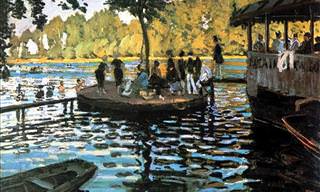
10 Fantastic Claude Monet Paintings to Marvel At!
Claude Monet painted some of the world's greatest Impressionism masterpieces. Here are 10 of his most well-known paintings.
 1:42
1:42
Listen to ‘The Sound Of Silence' Like Never Before
Listen to this magical guitar performance of the famous song ‘The Sound Of Silence' filmed in the middle of a blizzard.
 3:50
3:50
This Man Tests the Limits of What People are Capable of
This is one acrobatic performance you won't want to miss, featuring an absolutely mind-blowing and multifaceted balancing act.
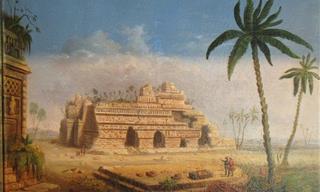
This Forgotten American Painter’s Works Are So Majestic!
Robert Seldon Duncanson was a 19th-century landscape artist whose enchanting paintings will soothe your soul.
 3:46
3:46
Watch as Andre Riéu Orchestras a Powerful O Fortuna
Watch another incredible rendition of a classical favorite by the great andre riéu.
 2:36
2:36
This Japanese Animal Tale is Unlike Any Other...
In this standout performance from NTV Japan’s Masquerade, a group of contestants brings to life a charming tale of a duck family.

Revisit Shakespeare's Plays With These Lovely Animations!
Get to know Shakespeare's plays a lot better with these 12 animated summaries.
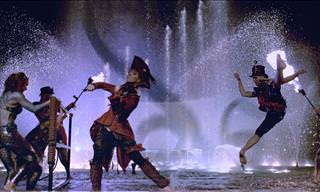 5:00
5:00
This Performance Won't Fail to Leave You Smiling!
What a stunning and exciting instrumental performance!
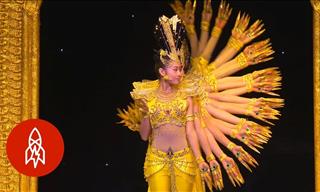 3:20
3:20
Meet the Troupe That Performs Without Sound or Sight
Watch the story of this amazing dance troupe that hasn't let the hindrance of sight or sound stop them from being incredible performers.
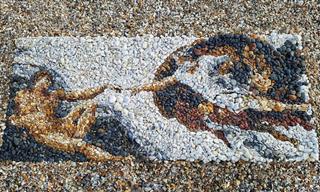
18 Beautiful Mosaics Made Entirely of Pebbles
Justin Bateman recreates famous artworks like the Mona Lisa and Michelangelo's David using only colorful pebbles. Take a look.

Hiroshige Is One Classic Japanese Artist You Must Know!
Immerse yourself into 19th-century Japanese culture through the magnificent prints of Hiroshige, the last great master of the famous ukiyo-e art tradition.
 7:37
7:37
You Have Never Heard Drums Played This Beautifully Before
Listen to these drums play in this incredible performance.

The Silent Power of Monochrome Sculptures (16 Pics)
These beautiful monochrome sculptures by Hans Op De Beeck capture moments of quiet contemplation.

Wow! You Won't Believe That These Are Actually Cakes!
Check out these 15 stunning illusion cakes, including cakes that look exactly like chess boards, hamburgers, and even an entire rack of glazed ribs!
 5:32
5:32
André Rieu's Performance Took a Surprising Turn When...
This incredible performance brought the whole theater to their feet in a standing ovation!

Nostalgia: 12 Great Songs by The Mamas and The Papas
If you're a fan of The Mamas and The Papas, you're going to love this collection of their greatest song.
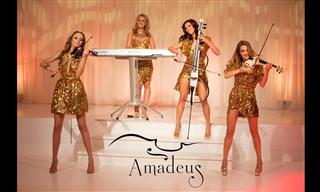 3:20
3:20
This Quartet Plays Carmen in a New, Wonderful Way
In the video below, they perform the famous aria from the opera "Carmen" by Georges Bizet with graceful refinement.
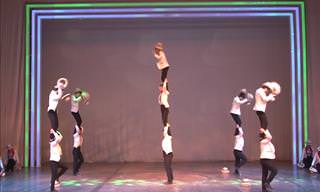 4:55
4:55
These Chinese Acrobats Will Leave You Flabbergasted!
Get ready to witness a show of acrobatic prowess like you've never seen before!
 6:10
6:10
This Irish Family Performs Together to Bring Joy to All
Together with their children, this family makes one incredible music performance you can't help but love.
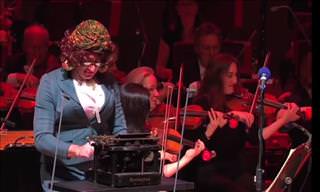 2:01
2:01
What Happens When You Bring a Typewriter to an Orchestra?
Who knew that a typewriter would pair so beautifully with the sounds of a violin?
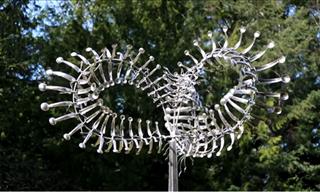
These Wind-Powered Moving Sculptures Are Breathtaking!
These breathtaking metal sculptures by genius artist Anthony How move with the wind
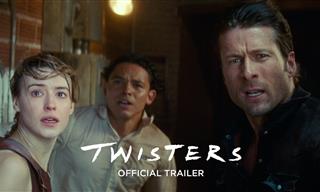
Top 10 Films of 2024 for Adults to Enjoy
A list of the top 10 Films of 2024 for Adults to Enjoy.
 3:28
3:28
Discover The Secret Behind a VERY Famous Magic Trick
In this video, we pull back the curtain and reveal the incredible secret behind one of the most famous and dangerous-looking illusions in the history of magic.
To enable your Ad-Free Subscription, please fill the fields below
Your subscription was successful, now you can enjoy an ad-free experience!! Note: To make sure you get no ads, please make sure to log in to your account. If you are logged in already, then refresh the page. The subscription can be cancelled at any time.


